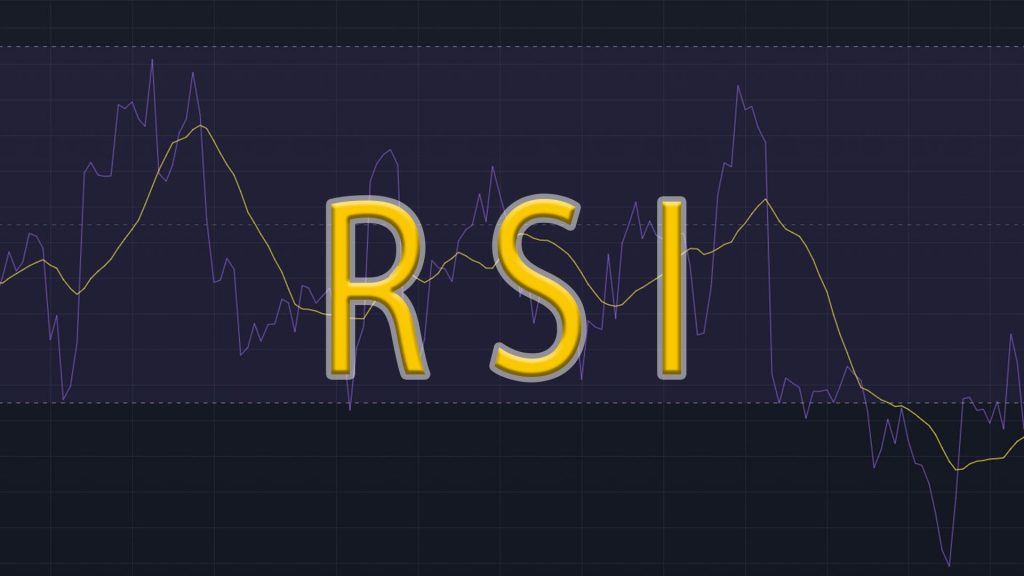You have probably heard about market signals and how people commit to a trade based on these signals. These signals are usually extracted from the market’s behavior and aid the technicians and investors in making well-informed buy/sell strategies. Today we learn about one of the most powerful indicators for technical analysis.
What is RSI?
The Relative strength index or RSI is a momentum based indicator for spotting potential market reversals. Based on the size and speed of the currency which together constitute the momentum, the RSI figures out the oscillations in the market. It indicates whether a currency is overbought or oversold, therefor many investors base their entry and exit strategy on RSI. To clarify, overbought refers to a short period of time in which the price has been rising consistently and significantly, while oversold refers to a short period of time where the price has been declining steadily and drastically. Let’s take a step by step approach into understanding how to calculate the RSI, how to measure the momentum with it, and how to identify trade signals and trend reversals.
First you need to pick a specific timeline or period which is traditionally 14 days. This period is not carved into stone however, and could be longer or shorter. Then, divide the average gains by the average losses during this timeline. What you get is called the relative strength or RS. Now, use this value to calculate the RSI as follows:

Which has a value between 1 and 100. This is not to imply that you need to calculate this by hand, there are tools that do it for you.
Many investors use a 30/70 ratio, meaning they classify oversold as an RSI bellow 30, so when RSI crosses back above 30, the investors might see it as a potential entry signal. Reversely, an RSI above the 70 percent line is considered to be the overbought region and when RSI crosses back below this line, investors might identify it as a potential exit signal.
The RSI is a powerful tool for recognizing when market trends change trajectory, commonly known as trend reversals. If a currency’s price moves one way but the RSI moves in the opposite way, the phenomenon is referred to as a divergence. When prices make lower lows and the RSI makes higher lows, it’s called a bullish divergence. This could potentially indicate the disappearance of the descending momentum, and that an upward trend might be expected. To make a safer bet, the investor might then wait for the RSI to go above the 30 percent line and use this as an entry signal. On the flip side, when prices make higher highs while the RSI makes lower highs, a bearish divergence has happened. Then, an exit strategy might be appropriate if the price trend goes below 70.

This mathematical approach towards the market is not completely invulnerable because market behavior does not follow a deterministic mathematical function where the outcomes can be precisely predicted. Government issued actions, international transactions, speculations and expectations of investors, and supply and demand shift the trends all the time. So indicators like the RSI are only that, indicators! What they do is providing us with a more accurate estimation to make better investments.
Looking at the overall trends in the market can provide a conformation to accompany the RSI in the decision making process.
Summary
The RSI is an oscillation indicator which is used to find potential entry and exit points in market trends. Despite the unpredictable nature of the markets, mathematical tools like the RSI are very effective at giving signals to the investors to base their buy/sell strategies on. However, experienced technicians and investors might look for conformations such as volume and overall trends in the market to improve upon the predictions given by the RSI.
